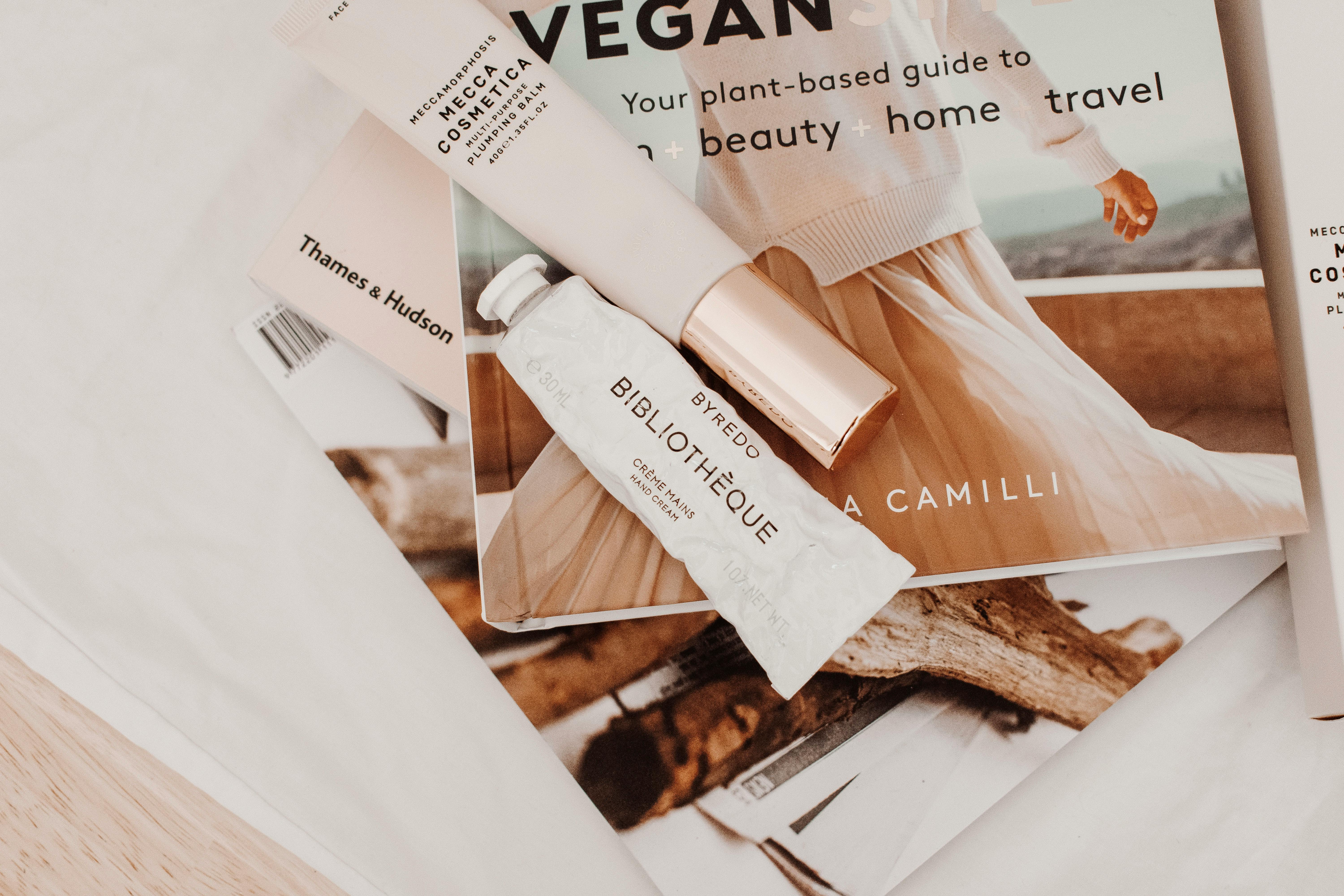Finding healthy foods is getting harder every day. Even buying foods labeled organic does not guarantee that the foods inside the package are healthy.
For example, the only healthy meat is 100% grass-fed, from start to finish, raised on organic pastures and brought to slaughter in humane conditions. Beef labeled organic can be fed organic grains and kept in confined animal feeding operations (CAFOs) just like factory farmed animals. The only differences are their diet and they are not given antibiotics or hormones. Grain-fed animals do not provide healthy meat. Grass-fed meat, if not declared 100%, may be finished in grain for fattening. This is a less healthy option too.
Dairy products are controversial. Some say they should be avoided. Humans are the only creatures on earth that drink milk after weaning. Others say that raw milk is a healthy food. Now, it is true that pasteurized milk is not healthy. Most of the enzymes and other components that make milk a healthy food have been destroyed during the pasteurization process. Raw milk, from cows with the A2 beta casein gene or from goats, which are raised on organic pastures, is a healthy food. Even better is a specific type of cultured milk, Amasai, from A2 beta casein cows.
Non-organic fruits and vegetables are sprayed with toxic pesticides, and some, like Hawaiian papayas, some zucchini, and gooseneck squashes, may be genetically modified (GMO). Studies have shown that organically grown produce is more nutrient dense than non-organic. However, sometimes buying organic products can be beyond the limits of your budget. So if you’re not buying organic produce, you need to know which fruits and vegetables have the most pesticide residues and which have the least.
If you buy packaged foods, be diligent about reading ingredient lists, even on organic foods. If you buy non-organic packaged foods, you are probably eating GMO foods. Most non-organic packaged foods contain genetically modified ingredients from corn, soybeans, sugar beets, canola oil, or cottonseed oil.
If you don’t recognize all the ingredients as common non-GMO foods and you don’t know what the other ingredients are, you have several options:
1. Don’t buy it.
2. Buy it anyway and you risk eating food that has ingredients that are harmful to your health. This is a huge contributing factor to all the obesity and disease that is rampant in our society today.
3. Learn to read ingredient lists and know what the ingredients are and how healthy or unhealthy they are. Then make your choice from an informed place, knowing what kind of risk you are taking, i.e. choose your risk.
Are you aware that right now, behind closed doors, there is a movement to lower organic standards to allow “synthetic and non-organic ingredients to be freely added to organic foods, as long as they theoretically have nutritional value?” In fact, recently, carrageenan, a possible carcinogen as determined by the International Agency for Research on Cancer, was re-evaluated by a meeting of the National Organic Program Board. It was decided to continue to allow this cancer-causing ingredient to be used in certified organic foods.
Also, do you know that most organic food companies are owned by the conventional food industry? This is the reason for the movement to lower organic standards.
So how can you ensure that the food you eat is healthy?
– Buy beyond organic
– Buy 100%, from start to finish, green fed
– Buy raw cheese that is 100% green, rich in probiotics, or cultured dairy, such as Amasai
– Buy your eggs and poultry from farms where the chickens are outdoors and have room to roam
– Buy organic products or choose from the “Clean 15”
– Always read labels when buying packaged foods
– Buy from those farmers and companies that are truly committed to producing healthy products, not those who are just looking for profit.
Yes, it is getting harder and harder to choose healthy foods because we have an industry that is determined to genetically engineer every seed and use the cheapest synthetic ingredients to maximize their profits at the expense of your health.
Then what do you do?
Become an informed consumer. Take more time to do your research. You may be surprised at how much healthy food choices improve your health.
